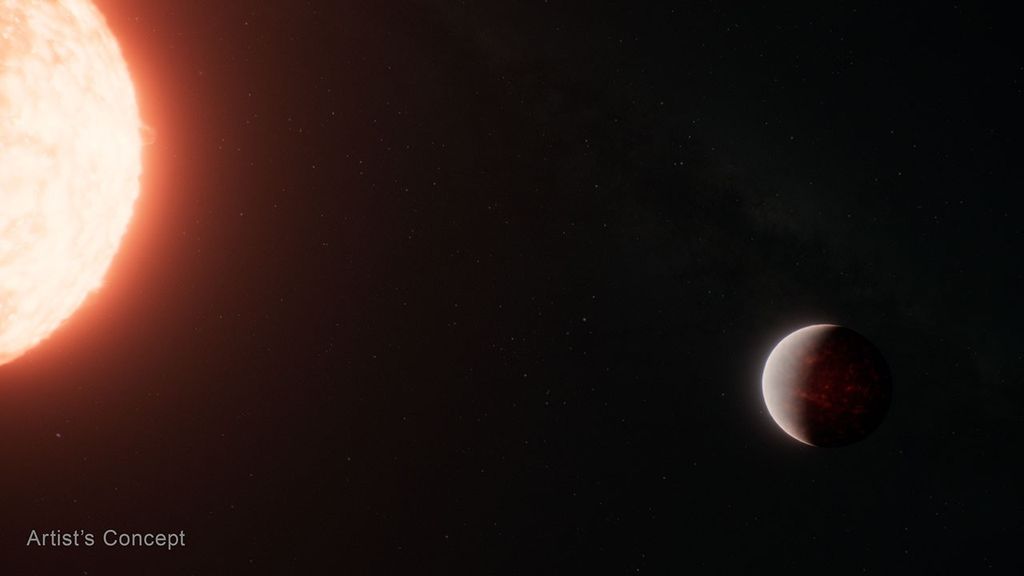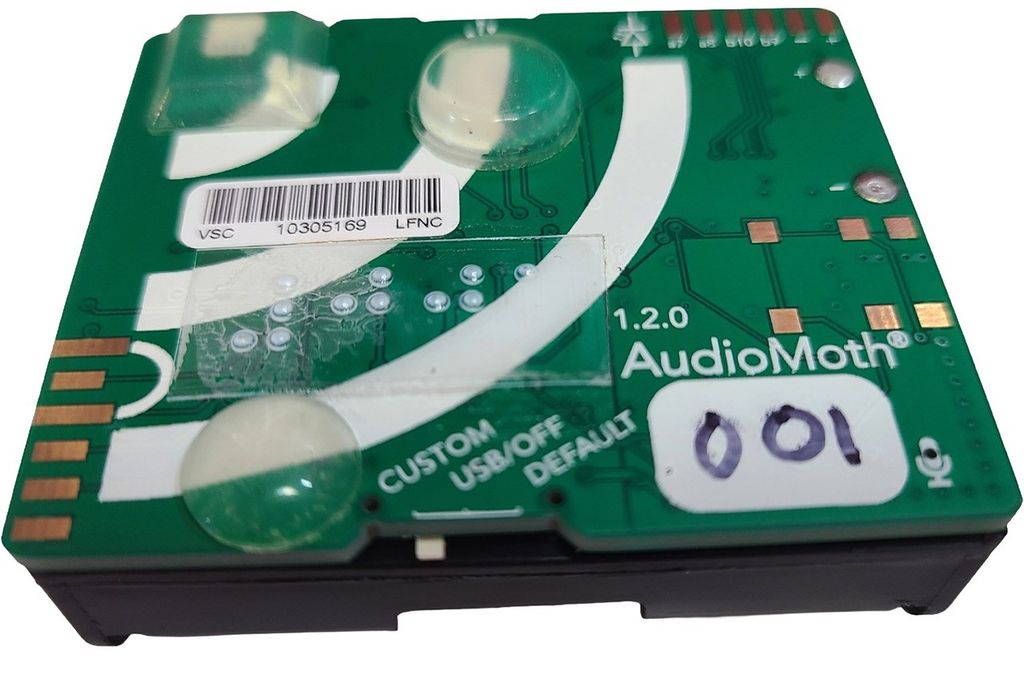Organizing Committee
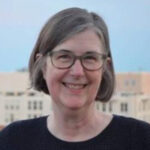
Carolyn Mercer, Chief Technologist, NASA Science Mission Directorate
Dr. Carolyn Mercer serves as the Chief Technologist for NASA’s Science Mission Directorate where she serves as the focal point for the development of innovative new technologies that will enable exciting new capabilities for astrophysics, heliophysics, Earth and planetary science, and fundamental physics on the International Space Station. She champions technology needs among senior executives in NASA and advocates within SMD for technological innovation and new paradigms enabled by emerging technologies. Dr. Mercer has managed a broad portfolio of space-related technology development projects, including technologies to explore icy moons, advanced scientific instruments, flexible solar arrays, energy storage systems, and adaptive engine technologies. She began her career as a research engineer developing optical techniques to measure fluid properties in propulsion facilities at the Glenn Research Center and supervised a highly skilled group of scientists and engineers developing similar technologies. She holds two patents in optical instrumentation and has received numerous awards including the Rotary National Award for Space Achievement, NASA Glenn Outstanding Leadership Award, and NASA Exceptional Engineering Achievement Medal. Dr. Mercer earned her Ph.D. in Optical Sciences from the University of Arizona, an MS in Physics from Cleveland State University, and a BS in Aeronautical and Astronautical Engineering from the Ohio State University.
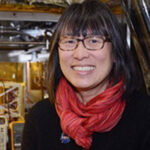
Florence Tan, Deputy Chief Technologist, NASA Science Mission Directorate
Florence Tan is the Deputy Chief Technologist for NASA’s Science Mission Directorate at NASA Headquarters. She works with SMD’s Chief Technologist to survey and assess technology needs for NASA’s science divisions and serves as a liaison to the NASA Office of the Chief Technologist, other NASA mission directorates, as well as NASA centers. Previously, Florence worked at NASA Goddard Space Flight Center (GSFC) for 32 years as a lead electrical engineer, cognizant engineer, designer, manager, and instrument operator for NASA spaceflight projects. She has built and launched seven mass spectrometers to destinations including Mars, Saturn, Titan, and the Moon. Florence has received numerous awards including the 2012 NASA Medal for Exceptional Achievement, the 2013 Robert Goddard Award for Outreach, the 2014 Solar System Exploration Special Award Act, more than 10 NASA Group Achievement Awards, and numerous Goddard Special Act Awards and Goddard Peer Awards. Florence has made it a personal goal to promote science, technology, engineering and mathematics education, and she engages in outreach activities with students and the public to promote NASA science and technology advancements at least once per month. Florence holds a B.S. degree in Electrical Engineering from University of Maryland, and an M.S. in Electrical Engineering and MBA in E-Commerce from Johns Hopkins University.

Doris Daou, Program Scientist, NASA Planetary Science Division
Doris Daou is the Program Scientist for the “Small Innovative Missions for Planetary Exploration (SIMPLEx)”, the Exoplanets Research Program, and the Planetary Science Missions Concept Studies. Ms. Daou lectured as a guest professor in 1996, at Notre Dame University, in Lebanon. She has over 30 years of experience working with NASA and on NASA missions such as the Hubble Space Telescope (HST) and Spitzer Space Telescopes. In 2008, Ms. Daou became the Director for Communications and Outreach at NASA Lunar Science Institute (NLSI). After few years she became the Associate Director of the NASA Solar System Research Virtual Institute (SSERVI). Ms. Daou has a background as a Research Astrophysicist. She received her M.Sc. in Astrophysics in 1989 from the Université de Montréal in Canada. Her thesis work focused on, at the time, little known types of stars, the ZZ Ceti Stars, non-radially pulsating White Dwarf Stars.
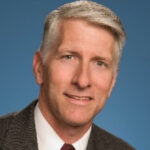
Peter Hughes, Chief Technologist, NASA Goddard Space Flight Center
Peter M. Hughes, Chief Technologist for the Goddard Space Flight Center (GSFC), is responsible for planning, coordinating, and managing advanced technology-development programs at Goddard. Among his many responsibilities, Mr. Hughes advises Center leadership on strategies that leverage technology investments to advance NASA’s ambitious science and exploration goals. Mr. Hughes, who represents Goddard on NASA’s new Center Technology Council, also manages the Center’s Internal Research and Development program and various technology-transfer programs. Mr. Hughes received a B.S. in Computer Science from the College of William and Mary, an M.S. in Computer Science from Johns Hopkins University, and an M.S. in Management Technology from the University of Pennsylvania’s Executive Masters for Technology Management program.
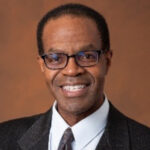
Charles Norton, Deputy Chief Technologist, NASA Jet Propulsion Laboratory
Dr. Charles Norton currently serves as the Deputy Chief Technologist at NASA’s Jet Propulsion Laboratory (JPL). Since joining JPL in 1998, Charles has held technical and managerial positions including principal technologist, program area manager for NASA’s Earth Science Technology Office via JPL’s Earth Science and Technology Directorate, Engineering and Science Directorate formulation lead for small satellites in the Formulation Division, and technical group supervisor in the Instruments Division. His early career efforts in the Instruments Division were infused into multiple flight projects and infrastructure capabilities. In addition, Charles developed and managed many small satellite flight missions for NASA, in the process developing extensive relationships with leading new-space and traditional commercial aerospace companies in the U.S. and internationally. Charles has served on four National Academies of Sciences committees and on many JPL strategic and investment committees. His achievements also have been recognized with the JPL Lew Allen Award, NOVA Award, and the NASA Outstanding Public Leadership Medal. He holds a B.S.E. in electrical engineering and computer science from Princeton University and a M.S. and Ph.D in computer science from Rensselaer Polytechnic Institute.
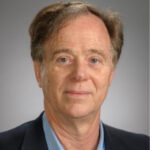
Harry Partridge, Chief Technologist, NASA Ames Research Center
Dr. Harry Partridge is the Ames Center Chief Technologist (CCT), and as such identifies, defines, develops and integrates new and emerging technologies for application to Agency and national goals through the NASA Space Technology Mission Directorate (STMD). In addition to his role as the CCT, Harry continues to serve as the Senior Technology Officer for the Space Technology Program (STP) within the Office of the Chief Technologist (OCT). In this role he serves as the chief technologist for the 10 programs within STP and is a member of the OCT senior leadership team. Previously, Harry was the Deputy Director of the Game Changing Technology Division at NASA Headquarters. While at Ames, he was the Deputy Director of the Entry Systems and Technology Division and was responsible for managing the entire range of entry system technology developments from foundational research on thermal protection materials development, to thermal protection system design, development, testing and evaluation for flight systems such as Mars Science Laboratory and Orion. In addition, he served as the Branch Chief of the Nanotechnology Branch at Ames and the program manager for the Bio-nano project within the Computing, Information and Communications Technology program. Harry received his PhD from Indiana University in Chemical Physics and has published approximately 190 papers in computational chemistry.
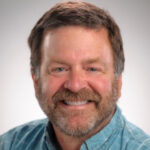
Greg Schmidt, Director, NASA Solar System Exploration Research Virtual Institute
Greg Schmidt serves as Director of the Solar System Exploration Research Virtual Institute (SSERVI), located in the NASA Research Park at Ames Research Center. The Solar System Exploration Research Virtual Institute links competitively-selected science teams across the nation working together to help lead the agency’s research activities related to NASA’s lunar exploration goals. Schmidt also was a co-founder of the NASA Ames Space Portal office, which promotes activities in Entrepreneurial Space, in which he led development of an effort studying a commercially leveraged lunar science campaign. Schmidt was one of the core team who developed the science of astrobiology in the late 1990s. Schmidt is an Associate Fellow with the American Institute for Aeronautics and Astronautics. He received the NASA Outstanding Leadership Medal for his work in astrobiology and life sciences, and the NASA Exceptional Achievement Medal for his work in establishing the NLSI and its international partnership program. He has received multiple NASA Group Achievement awards for development of the Space Tech Center, Astrobiology, the Spacelab-J mission, the Spacelab Life Sciences-1 mission and the Leonids Multi-Aircraft Campaign, amongst others. He was awarded the rank of Kentucky Colonel for his work on the NASA-Kentucky partnership, the highest title of honor bestowed by the Commonwealth of Kentucky. He holds a Master of Science degree in Biotechnology from U.C. San Diego and a B.S. in Physics from U.C. Davis, and has done additional postgraduate study and research at the U.C. Berkeley Sensor and Actuator Center, where he specialized in MicroElectromechanical Systems (MEMS).
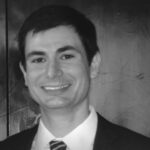
Justin Atchison, Small Body Assessment Group (SBAG) representative
Justin Atchison is SBAG Technology Lead. He is a Principal Aerospace Engineer at the Johns Hopkins University Applied Physics University in the Controls and Astrodynamics Group. Justin is the Mission Design Lead for NASA’s Double Asteroid Redirection Test (DART) spacecraft and a NASA Innovative Advanced Concept (NIAC) fellow for an asteroid mass measurement technology called OpGrav. He earned a B.S. from Louisiana Tech University and M.S. and PhD from Cornell University.

Jeff Balcerski, Venus Exploration Analysis Group (VExAG) representative
Jeff Balcerski is a planetary scientist and exploration technologist with expertise in remote sensing data processing and computational analysis of geophysical and atmospheric chemistry phenomena on terrestrial bodies including the Moon, Mercury, and currently, Venus. He leads several research and development efforts to investigate and explore Venus’ deep atmosphere and surface environment and he serves as a project scientist for the Venus simulation facilities at NASA’s Glenn Research Center.
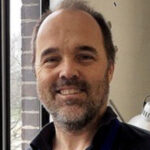
Tibor Balint, Outer Planets Assessment Group (OPAG) representative
Tibor Balint is a Principal Human Centered Designer at NASA’s Jet Propulsion Laboratory (JPL). He explores the roles of second-order cybernetics to create new perspectives, broaden paradigms, and foster design conversations through boundary objects, that may advance technological innovations in society. His current work ranges from the formulation of space missions to UX/UI designs. Previously, Dr. Balint was Senior Technical Advisor at NASA Headquarters under the Space Technology Mission Directorate (STMD), and for the prior two years acted as the Program Executive for STMD’s Game Changing Development Program. Before that, he was a Senior Technologist within the Office of the Chief Technologist at NASA HQ and for 8 years worked as a mission architect and technologist at JPL within the Planetary and Lunar Missions Concepts Group. He earned a PhD from the Royal College of Art, in Innovation Design Engineering, and a second PhD from the University of Warwick in biomechanical engineering. He also holds an MPhil from the University of Exeter, and MSc from the Technical University of Budapest, and a Master of Space Studies degree from the International Space University. He is a member of the International Academy of Astronautics (IAA), and the Committee for the Cultural Utilization of Space (ITACCUS), seeking to promote innovative space utilization through all areas of the arts and humanities.
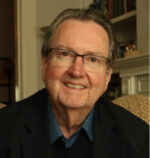
G. Scott Hubbard, Mars Exploration Analysis Group (MEPAG) representative
Dr. Scott Hubbard has been a leader in space exploration for more than 45 years. His career includes a National Lab, a start-up venture, NASA and Stanford. At NASA, Dr. Hubbard is best known as the first Mars Program Director, the founder of NASA’s Astrobiology Institute and ultimately Director of NASA’s Ames Research Center. At Stanford, Hubbard has been very active in the emerging entrepreneurial space enterprise, establishing a peer-reviewed journal New Space, and creating the Stanford Center of Excellence for Commercial Space Transportation. Although now retired from teaching and advising, Hubbard continues to Chair the SpaceX Commercial Crew Safety Advisory Panel and serve on various committees for the National Academy, NASA and other groups. He is the author of “Exploring Mars: Chronicles from a Decade of Discovery” and his many honors include NASA’s highest award, the Distinguished Service Medal and being elected as an Honorary Fellow of the AIAA – a distinction held by only a few in the field of aerospace.
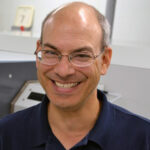
Munir Humayan, Extraterrestrial Materials Analysis Group (ExMAG) representative
Munir Humayun is a professor of Geochemistry at the Florida State University and a researcher at the National High Magnetic Field Laboratory, specializing in chemical and isotopic approaches to the study of returned samples and meteorites. Munir is a member of the Extraterrestrial Materials Analysis Group (ExMAG), and chair of the Asteroids subcommittee. He has researched samples from the NASA Apollo, Genesis and Stardust missions. His research spans diverse topics of volatile metals in meteorites, chemical evolution of metal in chondrites and planets, nucleosynthesis of the elements, interactions between planetary cores and mantles, formation of the Martian crust and the sourcing of critical elements for industrial supply chains. Munir obtained a PhD in Cosmochemistry from The University of Chicago (1994) and conducted postdoctoral research at the Carnegie Institution of Science (Washington, DC). He has published over 100 peer-reviewed papers in cosmochemistry and geochemistry, mentored 14 graduate students and 14 postdoctoral fellows. He is a Fellow of the Meteoritical Society and holds the Clarke Medal of the Geochemical Society.
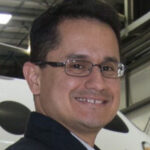
Jose Hurtado, Lunar Exploration Analysis Group (LEAG) representative
Jose Hurtado is a Professor in the Department of Geological Sciences at The University of Texas at El Paso (UTEP). He joined UTEP in 2002 after completing a postdoctoral fellowship at the NASA Jet Propulsion Laboratory. Dr. Hurtado obtained his Ph.D. in geology at the Massachusetts Institute of Technology and holds an M.S./B.S. in geology from the California Institute of Technology. His research interests include terrestrial geology and remote sensing, focusing on the western US and the Himalaya, as well as planetary science. His planetary science work includes remote sensing studies of the Moon as well as work in analog environments investigating the tools and techniques for planetary surface exploration with humans and robots. Since 2008, Dr. Hurtado has served as an instructor for various NASA training activities, including Earth and Planetary Science field training for NASA astronauts. During 2014-2015, Dr. Hurtado joined the operations team at Virgin Galactic as an astronaut instructor and also worked on SpaceShipTwo cabin systems and life-support engineering tasks. Dr. Hurtado currently serves on the executive committees for the LEAG and the Lunar Surface Innovation Consortium (LSIC).
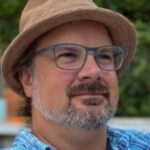
Stephen Parman, Mercury Exploration Assessment Group (MExAG) representative
Stephen Parman is an associate professor at Brown University and a member of the MExAG steering committee. He is an experimental petrologist and geochemist who works on the large-scale evolution of the Earth and rocky planets. Particular interests include: the early Earth, the growth of the continents, deep planetary volatile cycles, the lunar magma ocean and (of course) Mercury. He has also been exploring the application of atom probe tomography in the geosciences, to terrestrial, planetary and experimental samples. He obtained his Ph.D. from MIT in 2001, conducted postdoctoral research at MIT and Harvard from 2001 to 2005 and then was a Lecturer at Durham University (UK). In 2008 he moved to Brown University, where he has been since.














